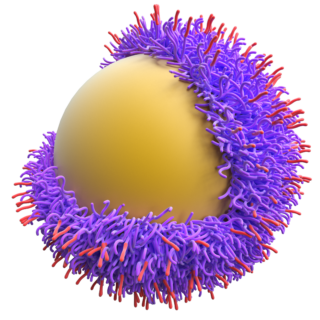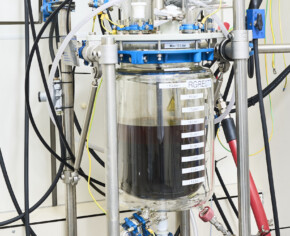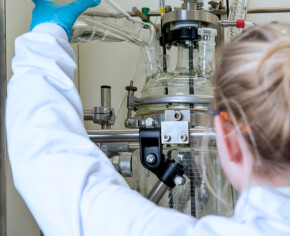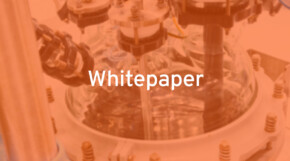- Our Services and Nanomedicines
- Our Services
-
Payloads and API
Explore our diverse range of payloads and APIs tailored for nanoparticle formulations.
-
Building Blocks
Discover our comprehensive suite of custom building blocks essential for personalized nanomedicine solutions.
-
Nanomedicine Development
Learn about our expertise in technology transfer, process development, and scale-up for innovative nanomedicines.
-
Nanomedicine Manufacturing
Explore our state-of-the-art facilities and scalable manufacturing solutions for nanoparticle-based products.
-
Fill & Finish and Clinical Supply
Navigate through our specialized services for aseptic fill-finish, clinical packaging, and supply chain logistics.
-
Regulatory and Bioanalysis
Gain insights into our strategic regulatory support and precise bioanalysis services for regulatory compliance.
-
- Nanomedicines
-

Lipid-based Nanoparticles
Explore the versatility of lipid-based nanoparticles for targeted drug delivery and therapeutic interventions.
-

Polymeric Nanoparticles
Learn about the advanced capabilities of polymeric nanoparticles in precision drug delivery and therapeutic applications.
-

Metal Nanoparticles
Discover the unique properties and applications of metal-based nanoparticles in nanomedicine and biomedical research.
-
- Our Services
- Resources
- Why choose Ardena?
- Why choose Ardena?
-
Our experience
Benefit from our extensive experience in nanomedicine development and manufacturing, spanning diverse therapeutic areas and applications.
-
Our integrated services
Take advantage of our seamless integration of services, providing end-to-end solutions for your nanomedicine projects.
-
Our infrastructure
Utilize our state-of-the-art facilities and cutting-edge technology to ensure the quality and scalability of your nanomedicine production
-
- Why choose Ardena?
- About us
- About Ardena Nanomedicines
-
About Ardena Nanomedicines
Learn more about our company’s mission, values, and commitment to advancing nanomedicine technologies.
-
Our nanomedicine facility
Explore our state-of-the-art facility dedicated to nanomedicine research, development, and manufacturing, equipped with cutting-edge technology and adhering to strict quality standards.
-
Working at Ardena Nanomedicines
Discover opportunities to join our team and contribute to groundbreaking advancements in nanomedicine. Learn about our culture, benefits, and career opportunities.
-
- About Ardena Nanomedicines
- Contact













